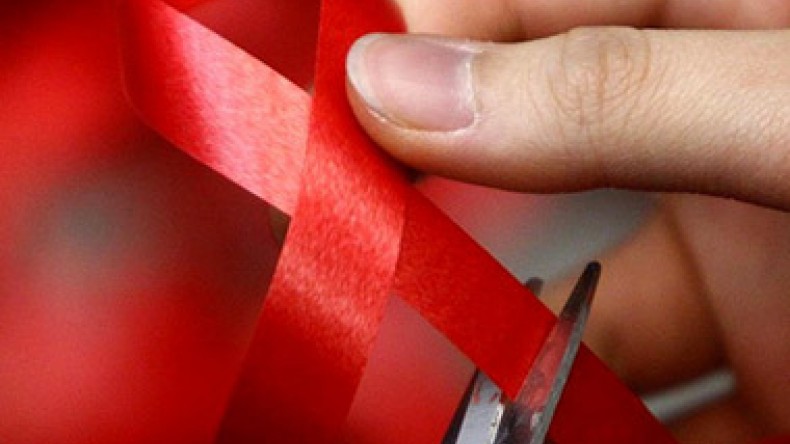
December 1 is World AIDS Day
The United Nations' (UN) World AIDS Day is held on December 1 each year to honor AIDS victims. It also focuses on issues surrounding HIV (human immunodeficiency virus) and AIDS (acquired immune deficiency syndrome).
World AIDS Day is the focal point of the World AIDS Campaign, which is active all year round. On December 1, there are many health education campaigns that promote the day. Anti-discrimination activities are also launched on or around this date.
Many people hold events on World AIDS Day to remember people who have died of AIDS-related conditions. One example is an AIDS Memorial Quilt project, which allows friends and family members of a deceased AIDS sufferer to construct quilt panels, which are then exhibited throughout the United States.
AIDS stands for "acquired immune deficiency syndrome" or "acquired immunodeficiency syndrome" and denotes a condition, which results from the damage done by HIV (human immunodeficiency virus) to the immune system. The condition was first identified in 1981 and the name "AIDS" was first introduced on July 27, 1982.
HIV can only be transmitted between people through direct contact of a mucous membrane or the blood stream with a bodily fluid. Hence, there has been a lot of stigma around the spread of HIV and people living with HIV and AIDS. It has been estimated that around 33 million people around the world have been infected with HIV and that around two million people die from AIDS related conditions each year. On October 27, 1988, the UN General Assembly officially recognized that the World Health Organization declared December 1, 1988, to be World AIDS Day. World AIDS Day has also been observed on this date each year since then.
A simple red ribbon is one of the most widely recognized symbols of HIV and AIDS and the people who live with these conditions. The symbol was presented by the Visual AIDS Artists Caucus in 1991. The individuals in this group wished to remain anonymous, keep the image copyright free and create a symbol to raise consciousness of HIV and AIDS. The red ribbon was originally intended to be worn as a badge, but is now used in a wide variety of ways.
Newsfeed
Videos






























